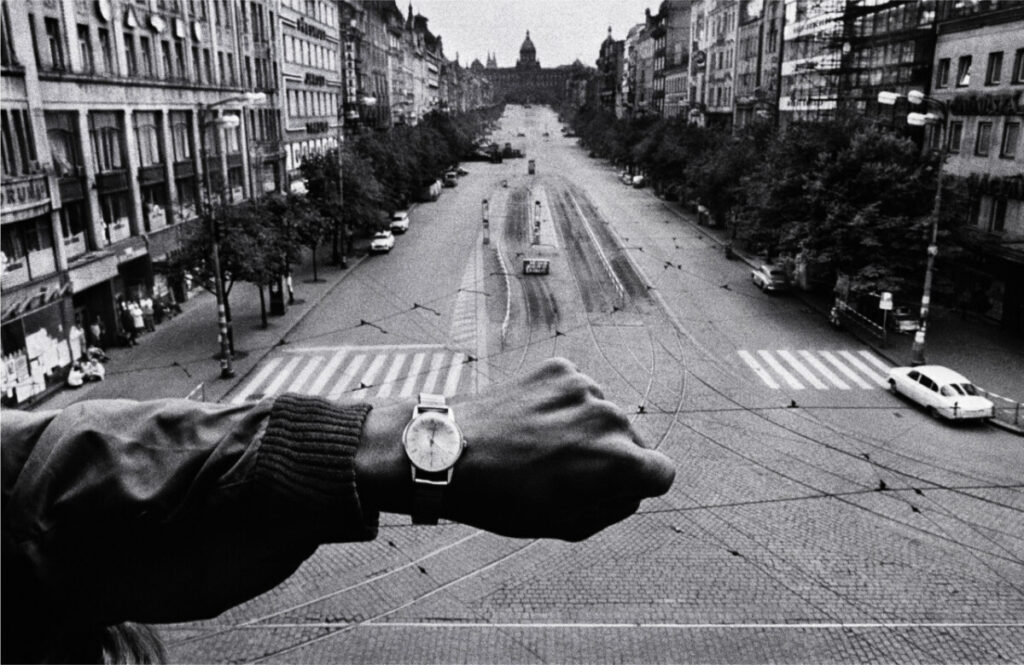Photographers: Josef Koudelka
Josef Koudelka was born in 1938 in the Moravian town of Boskovice in Czechoslovakia. He began photographing his family and his surroundings with a bakelite camera. In 1956, he studied at the Czech Technical University in Prague and received his engineering degree in 1961. That same year, he held his first photography exhibition. Later, he worked as an aeronautical engineer in Prague and Bratislava. In 1967, he decided to give up his engineering career and become a photographer full-time. Between 1962 and 1971, Koudelka traveled in Czechoslovakia, rural Romania, Hungary, France and Spain photographing Roma people. The Roma live a nomadic lifestyle, and every summer Koudelka travels for the project, “carrying canvas bags and sleeping bags, sleeping in the open and living frugally”.
The reason why I chose this photographer is that after I checked many of his photos and his historical biography, I think he is the most resonant and ideal photographer for me, because he can travel all over the world to take pictures. He takes pictures for himself, not for others. Many of his works are the combination of people and background, but you can feel the emotion in the photos. The characters in the photos have rich expressions, and the background is particularly attractive, making people feel that each of these photos has its own personal story. Most of his stationary camera frames are in a horizontal line format, allowing for more background and elements.
The theme of this photo is “Exile”, which tells about the invasion of the Warsaw Pact army in exile. This photo has a sense of time, and the filter is black and white. It shows a picture surrounded by a city with a very good environment, with many trees, plants and various train tracks distributed in the photo. The middle of the street perfectly occupies the horizontal, vertical and horizontal network lines of the camera. From the perspective of near to far, the street looks very long and far. There are many textures and details in the photo. The wrist is stretched out in the photo, and the watch in the wrist encapsulates one third of the picture, occupying the overall attention of the photo, as if counting down the clock is a premonition of something coming. There was no one on the streets, so maybe everyone was fleeing. What impreses me about this picture is that it gives me a lot of imagination space. If the concept of “exile” is put aside, this picture may be a picture taken at a certain period of time; a very ordinary everyday picture, or a record of his specific period in this city as a memorial. In short, this picture gives me a lot of imagination space. I personally like pictures that have a sense of mystery and a city in the background.

References:
Magnum Photos: https://www.magnumphotos.com/newsroom/society/josef-koudelka-exiles/
Josef Koudelka Information: https://www.josefkoudelka.org/




Leave a Reply